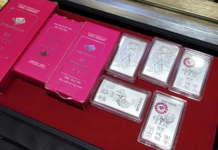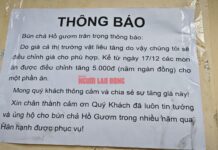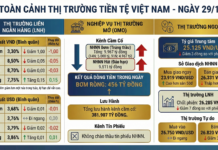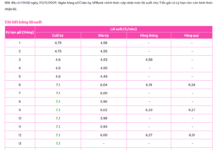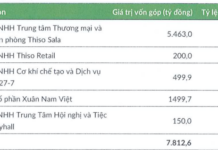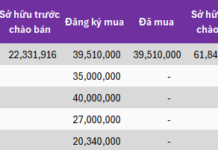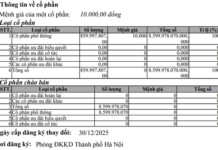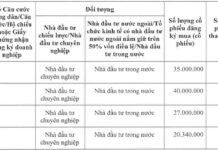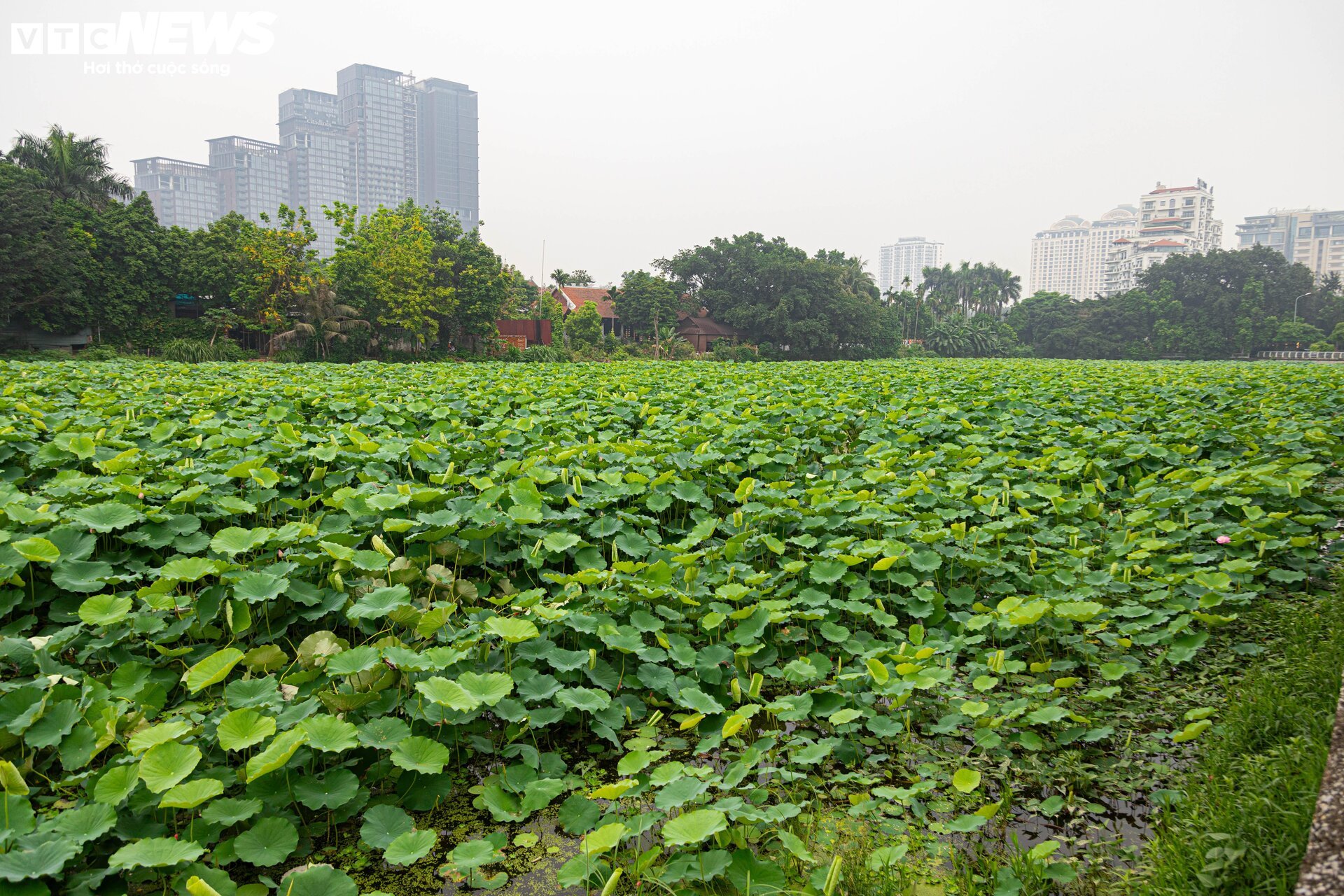
Every May, the lotus ponds in the capital city of Hanoi burst into bloom. Farmers in West Lake are busy harvesting these beautiful flowers to supply tea houses and households.
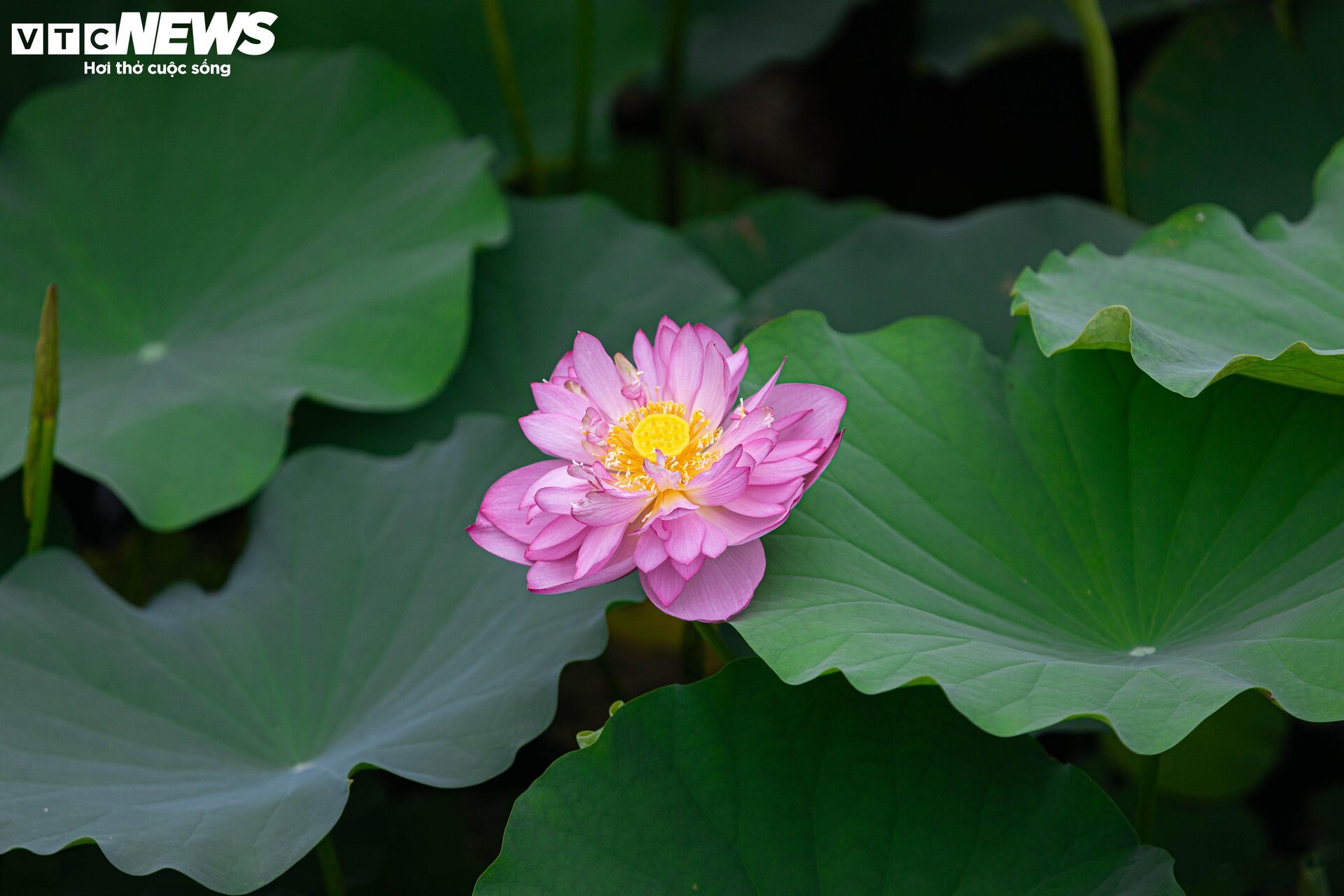
The lotus from West Lake is highly favored by many due to its unique three-layered petals, earning the name “Bach Diep” or “Hundred Leaves” lotus.
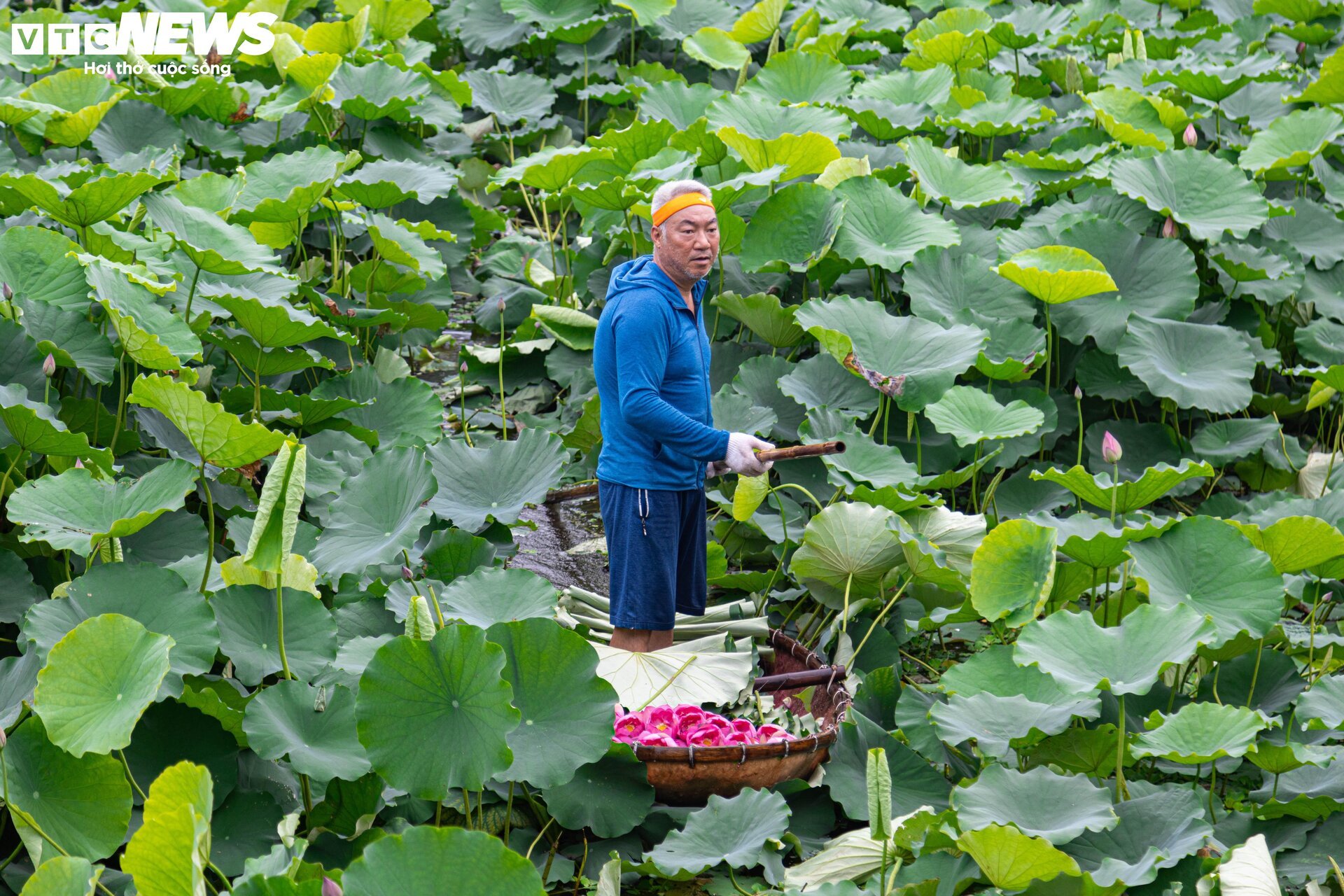
VTC News captured Mr. Tran Trung Thanh and his family at 5 am at Tri Pond in Tay Ho district. With a 3-hectare lotus pond, they are among the few households preserving the tradition of selling flowers and making lotus tea.
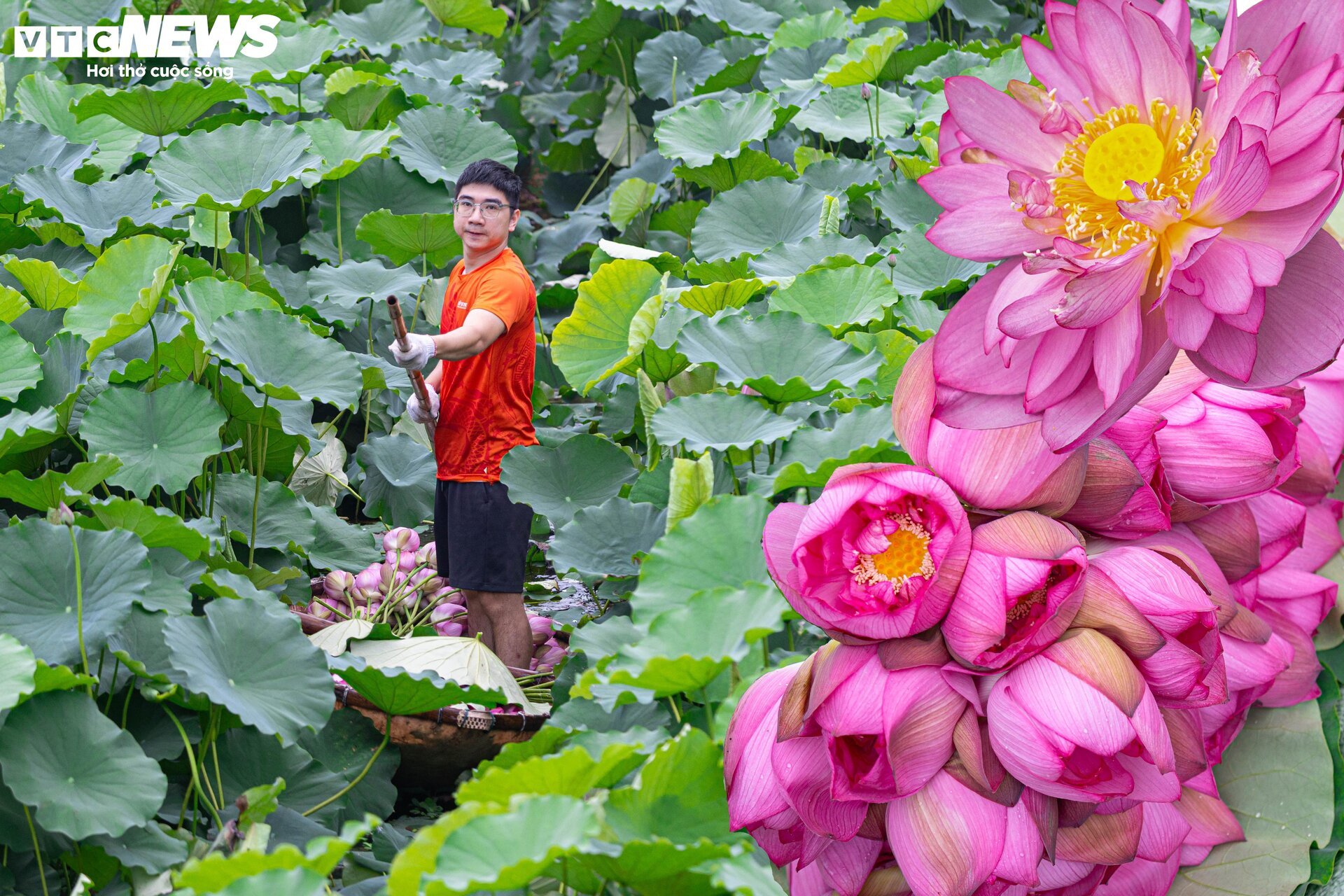
To obtain the most exquisite lotus flowers, farmers have to wake up as early as 4-5 am to pluck the blooms just as they unfold, capturing them at their freshest and most fragrant state.
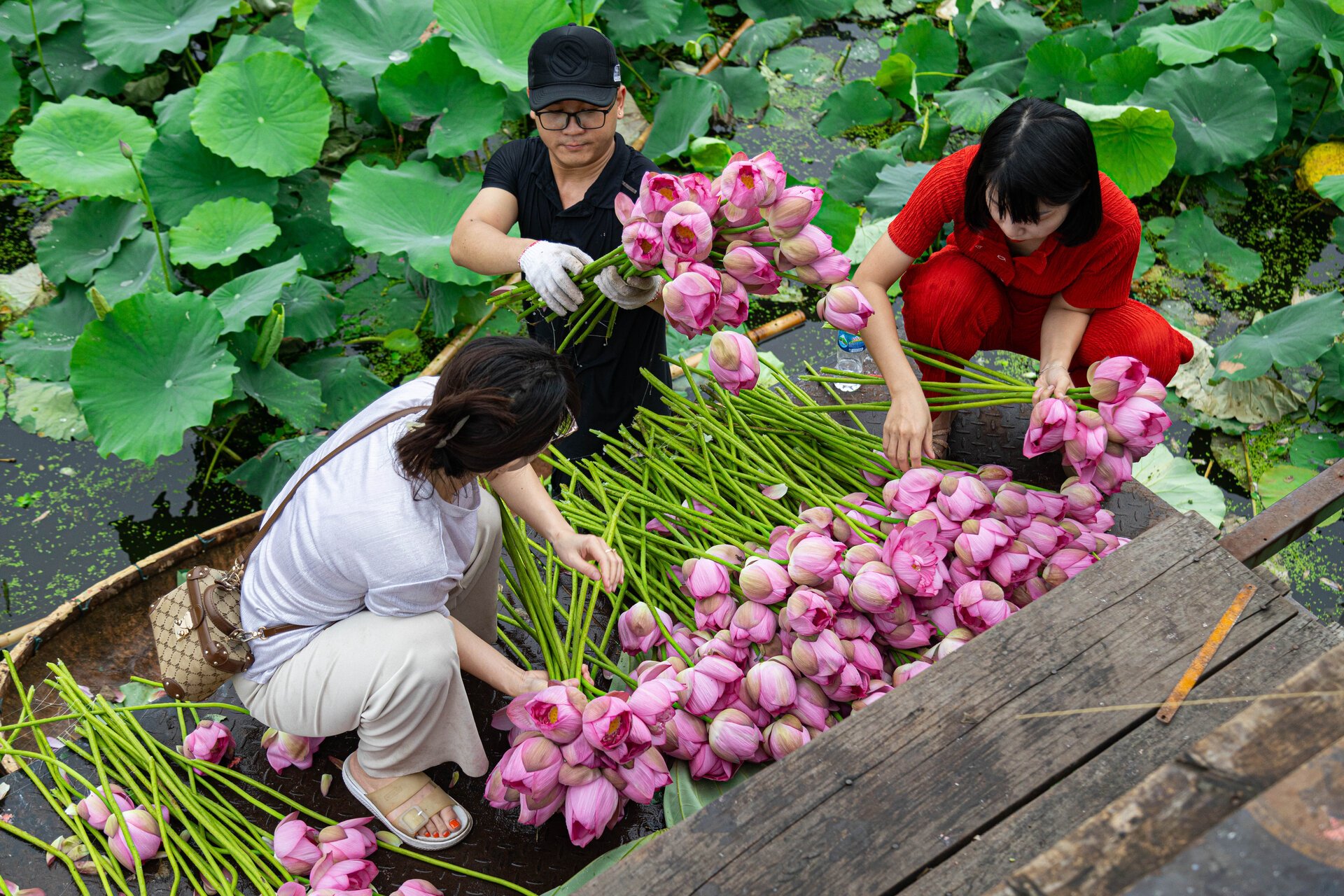
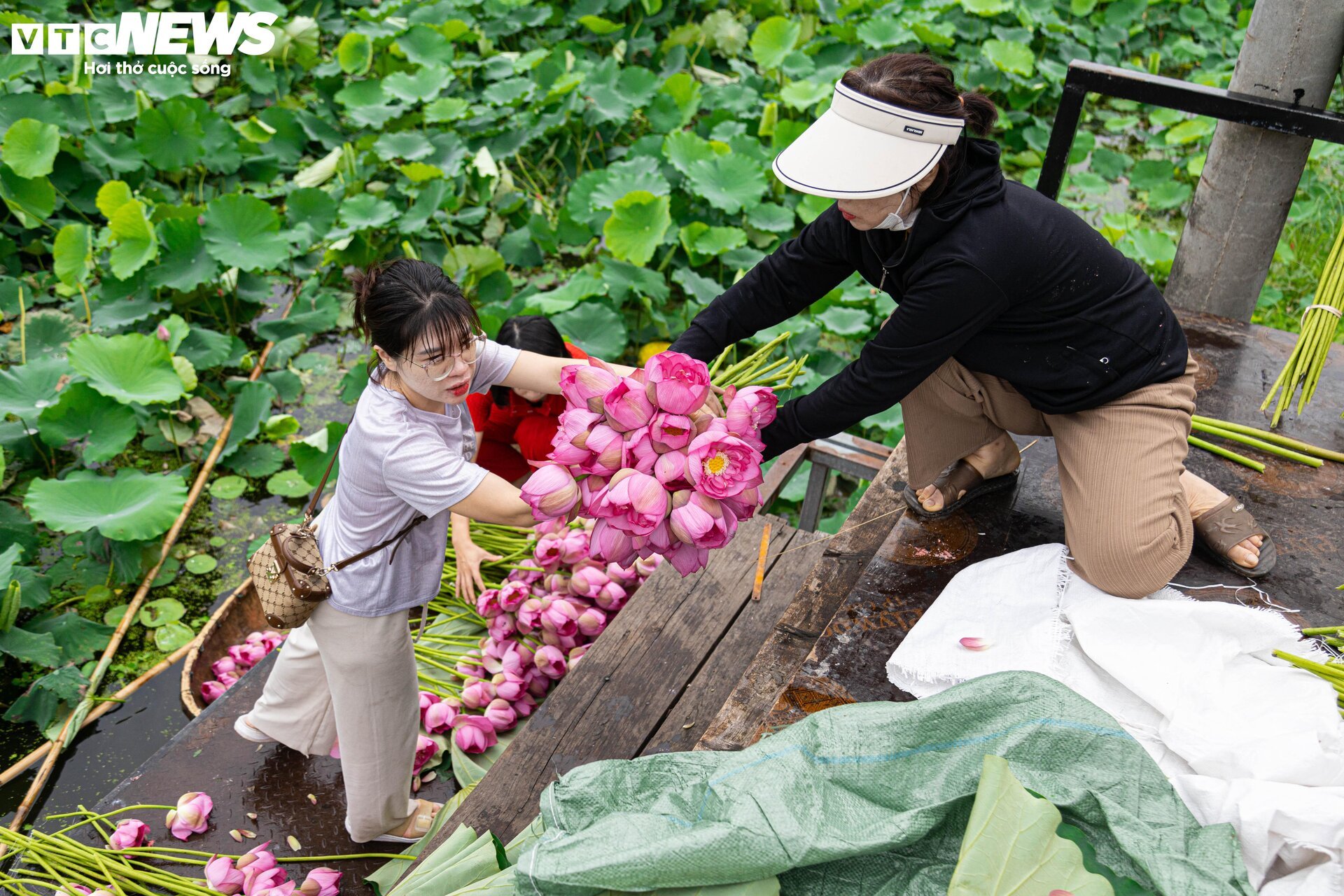
The freshly picked lotuses are sorted on the shore. Those with straight stems and beautiful, long petals are sold to flower enthusiasts, while the ones with more white rice inside are used for tea.
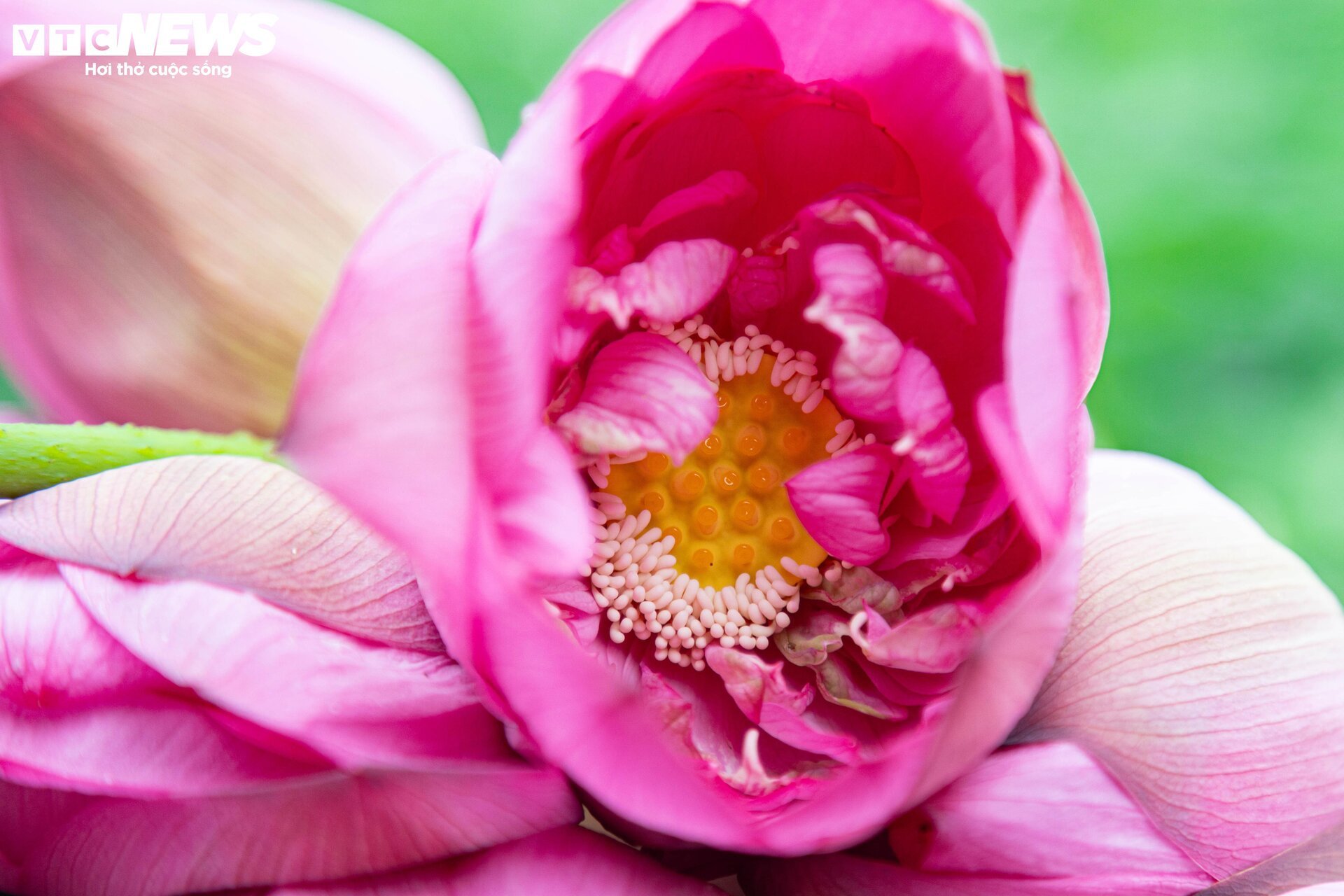
The “Bach Diep” lotus, with its abundant white rice, is primarily used to make the renowned West Lake lotus tea.
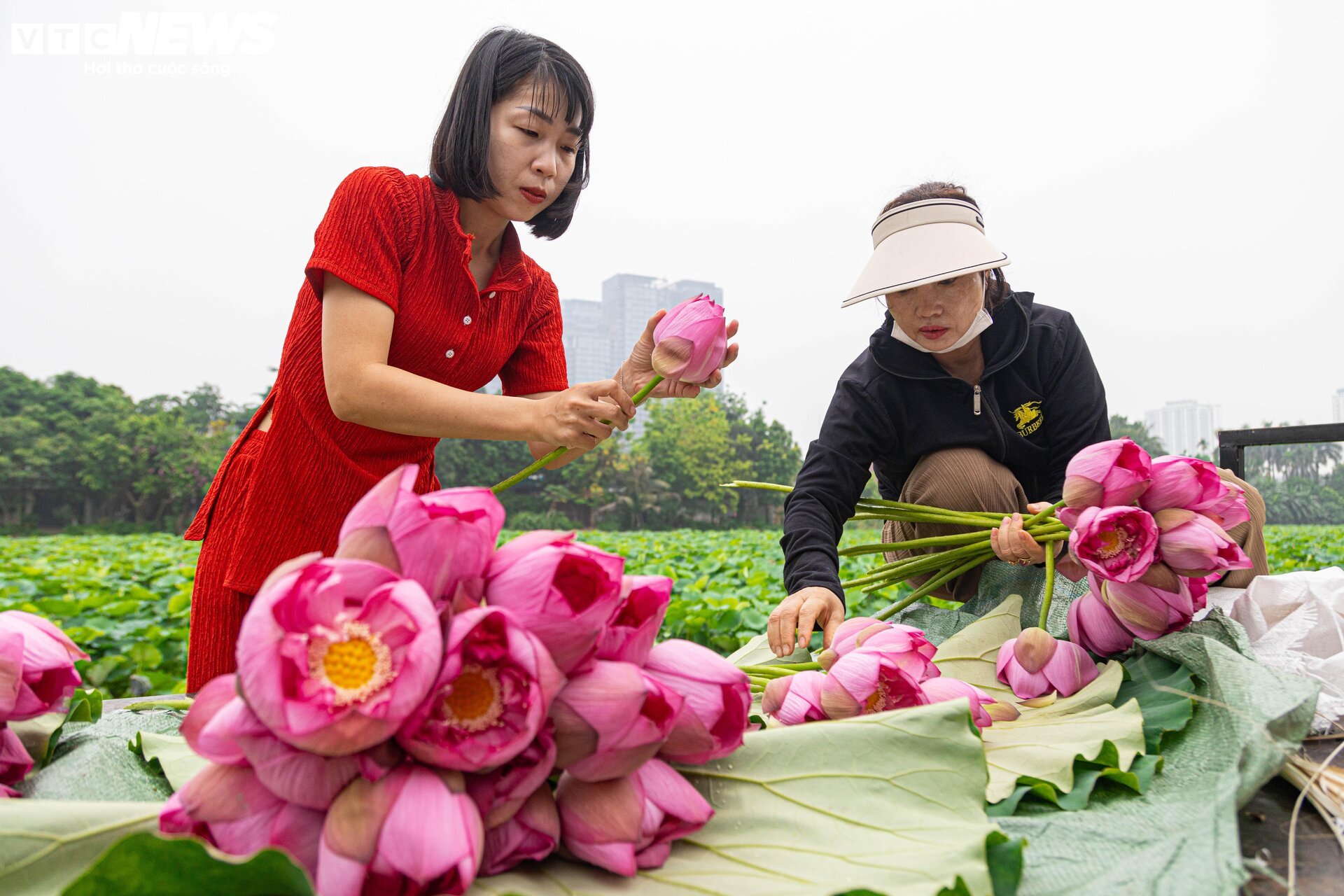
Ms. Loan, a resident of Tay Ho district, shared, “This year, the lotus harvest is better than last year, and the flowers bloomed earlier. At the beginning of the season, we could only harvest 600-700 flowers per day, but during the peak season, we can collect up to 800-1,000 flowers daily.”
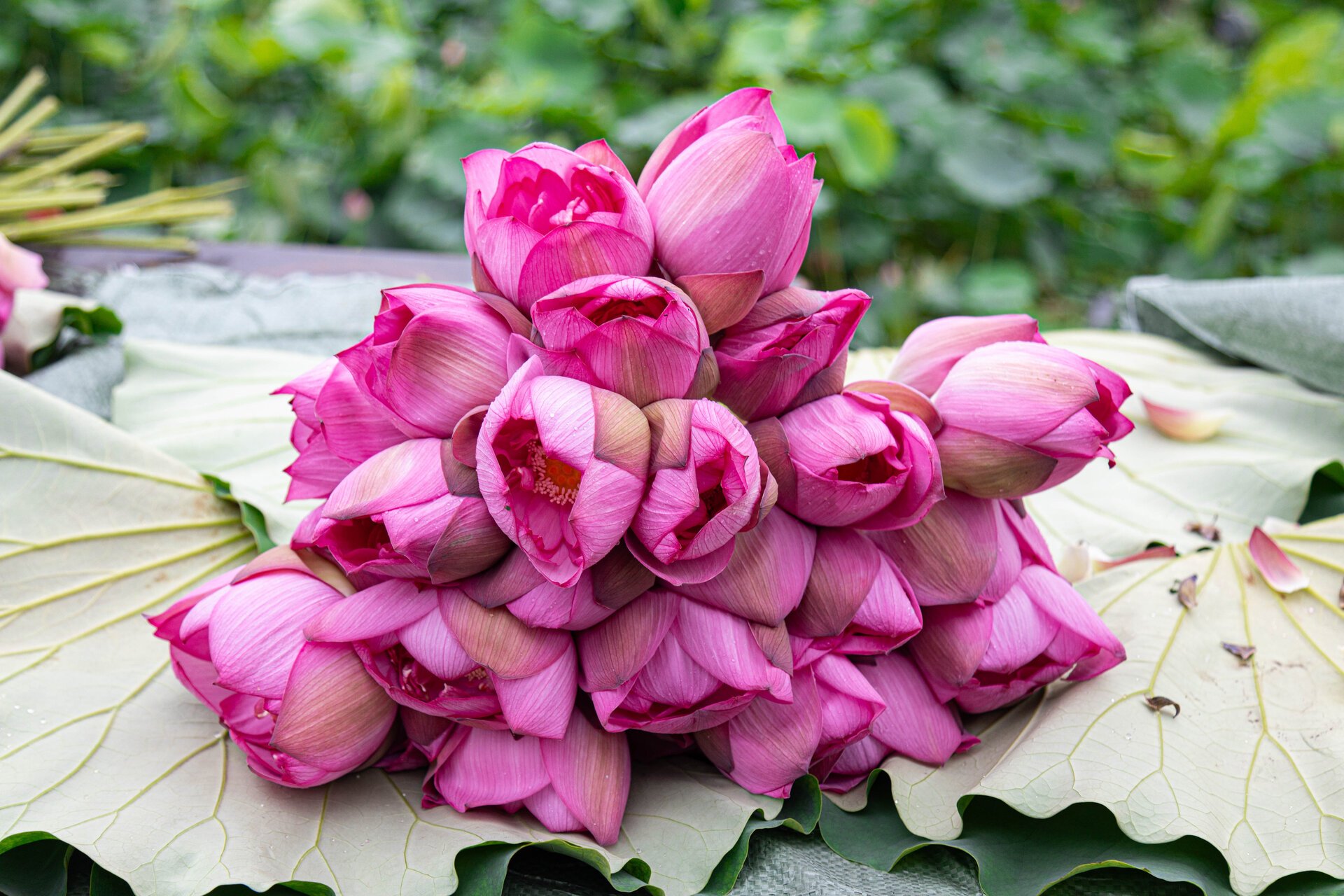
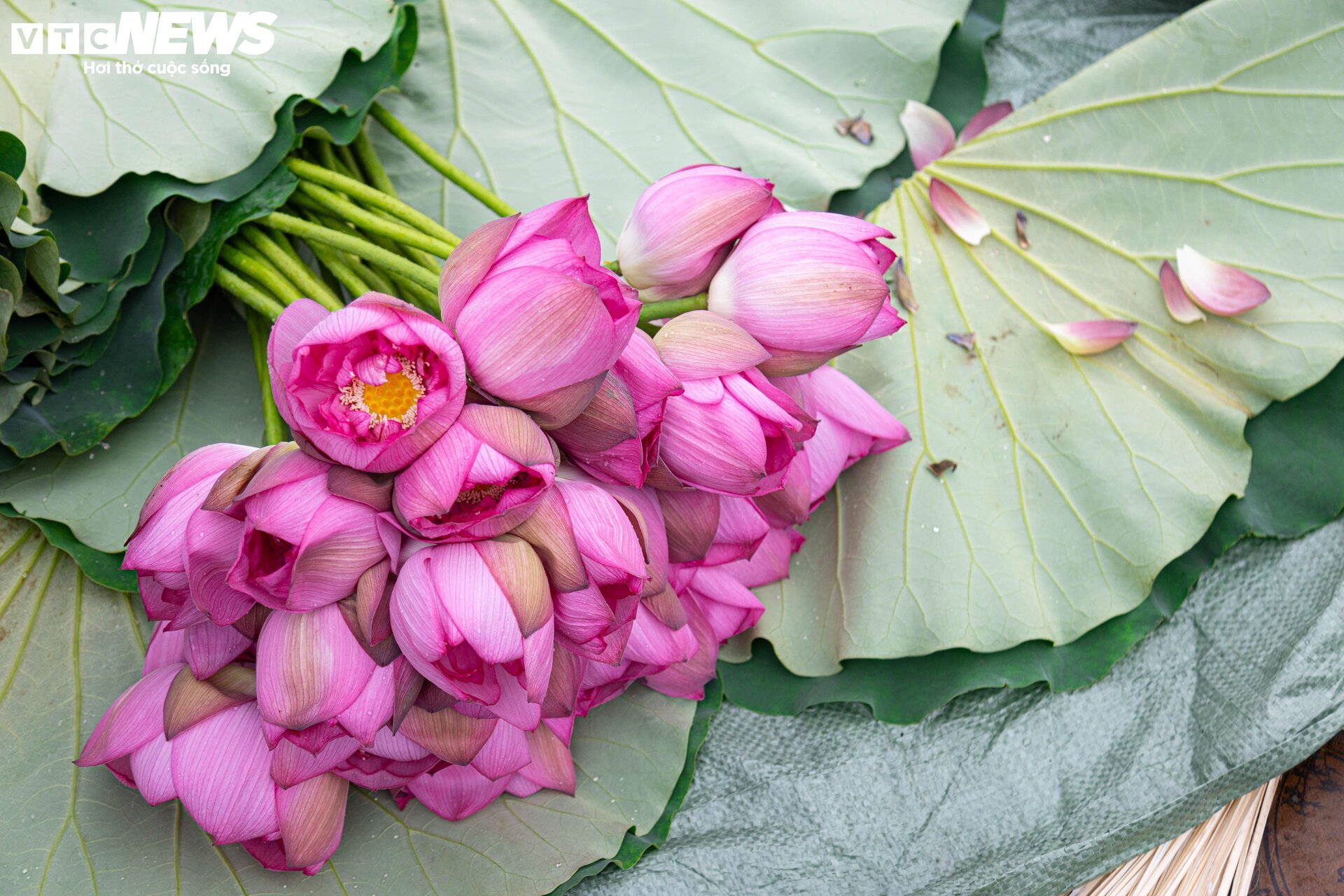
According to sources, a lotus flower at the pond currently costs 12,000 VND (around 0.50 USD) each.
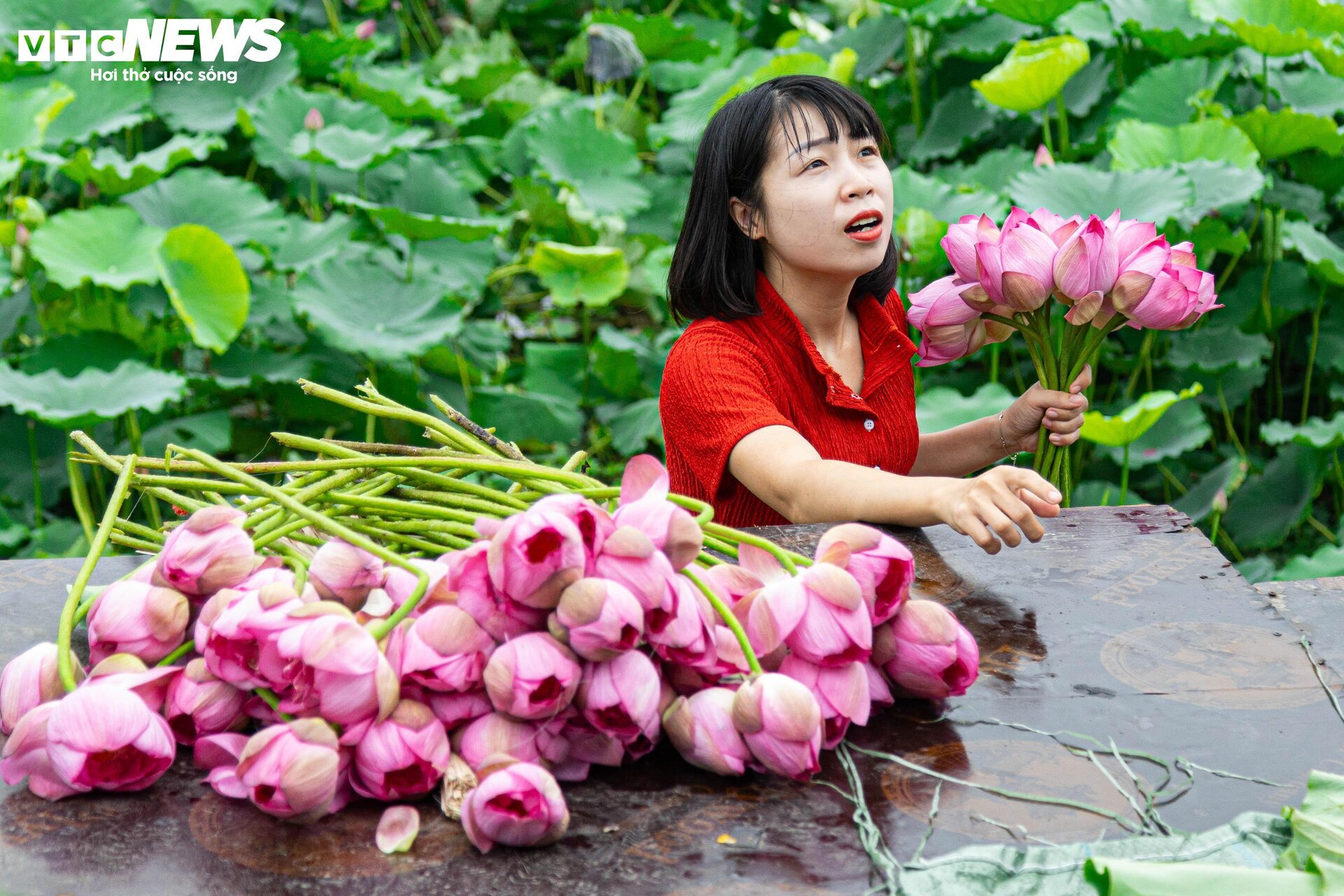
Ms. Ngoc, also from Tay Ho district, shared that due to the limited supply at the beginning of the season, customers who do not place orders in advance may not be able to purchase the flowers.
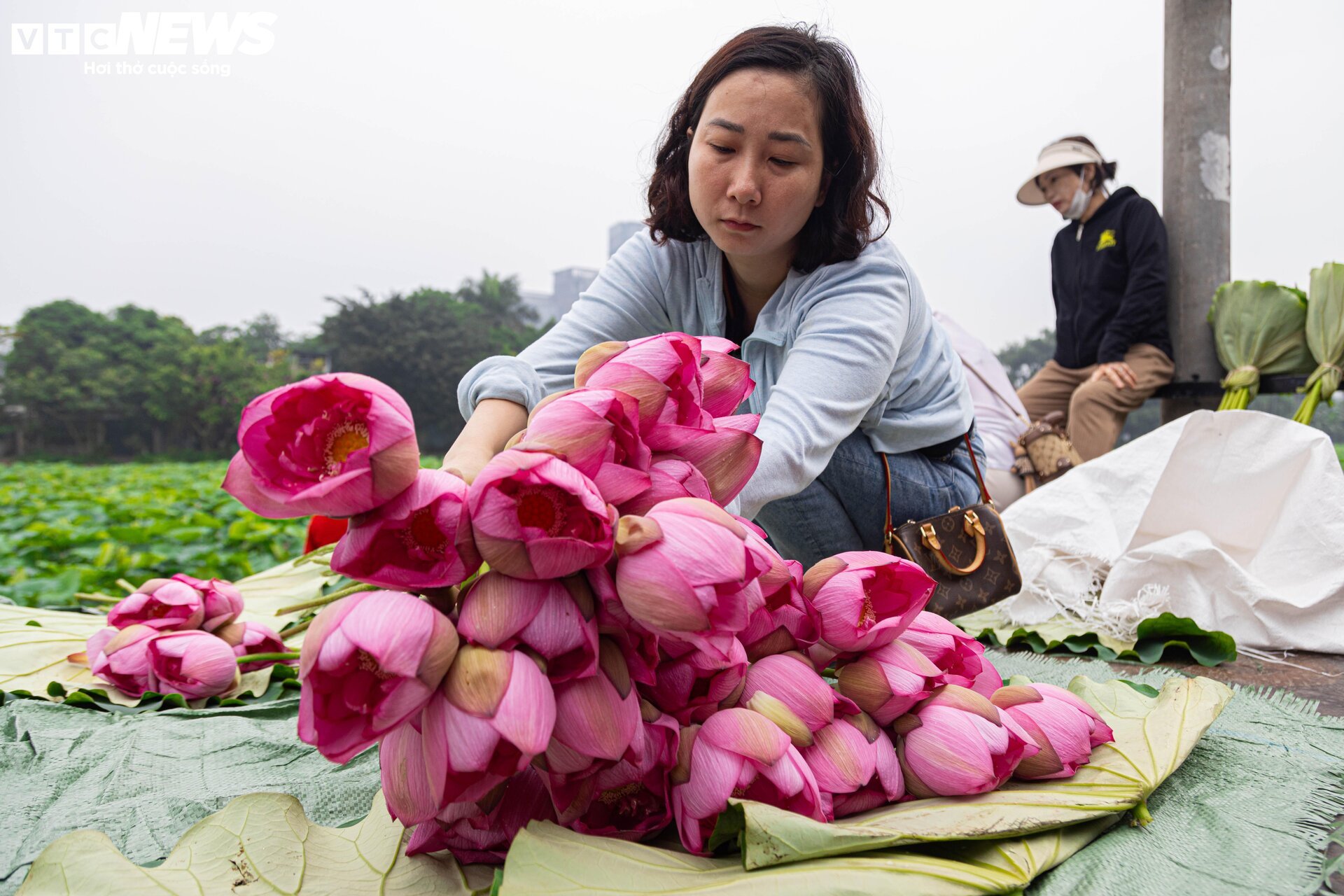
Many traders arrive early in the morning to purchase the freshly harvested lotuses.
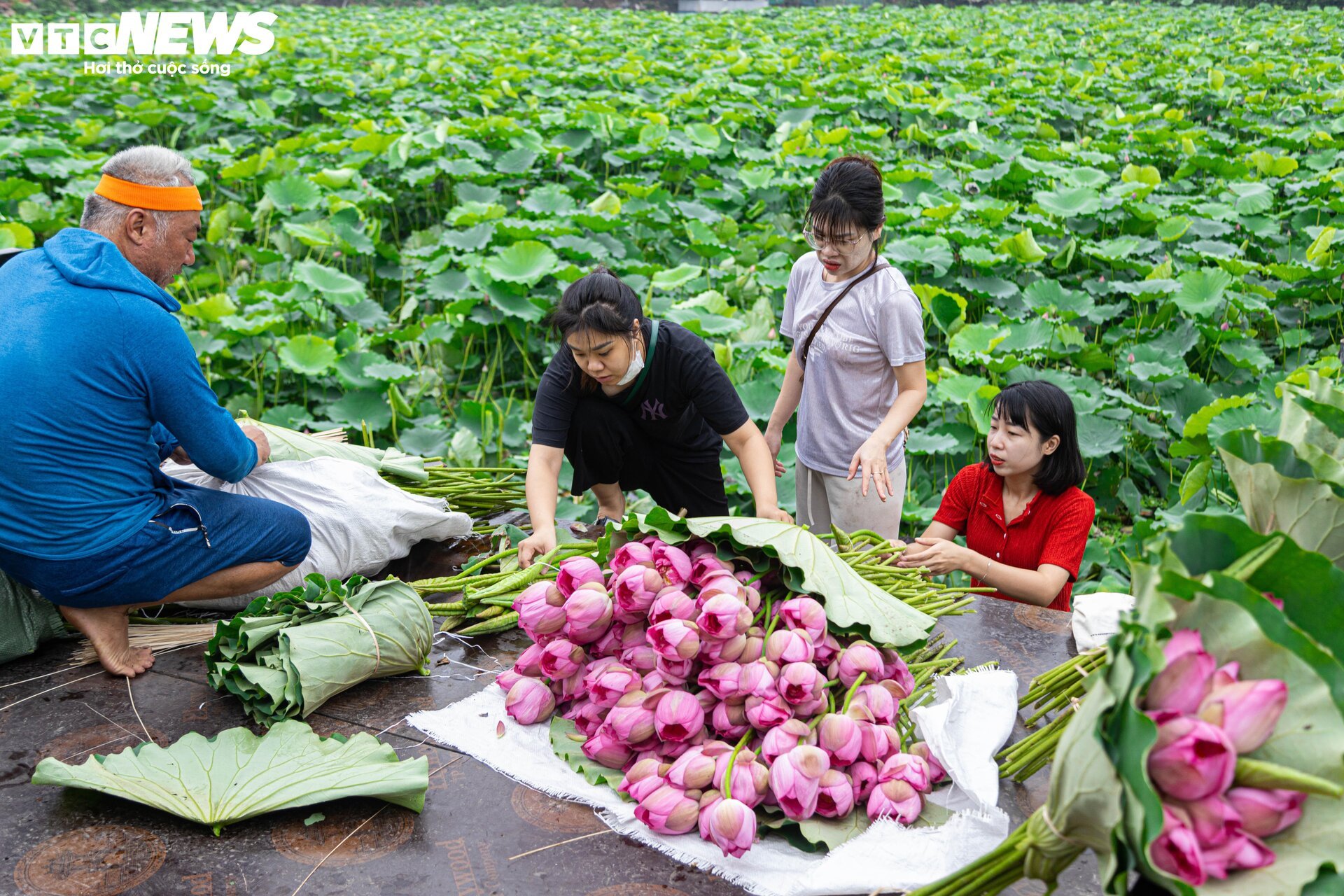
Mr. Thanh shared that while the income from lotus ponds is relatively high, the costs of caring for the plants are also significant. Since the lotuses start blooming in early February, they have to use biological fertilizers, ensuring that the water and mud remain unpolluted. Additionally, the electricity cost for pumping water into the pond can reach tens of millions of VND per month.
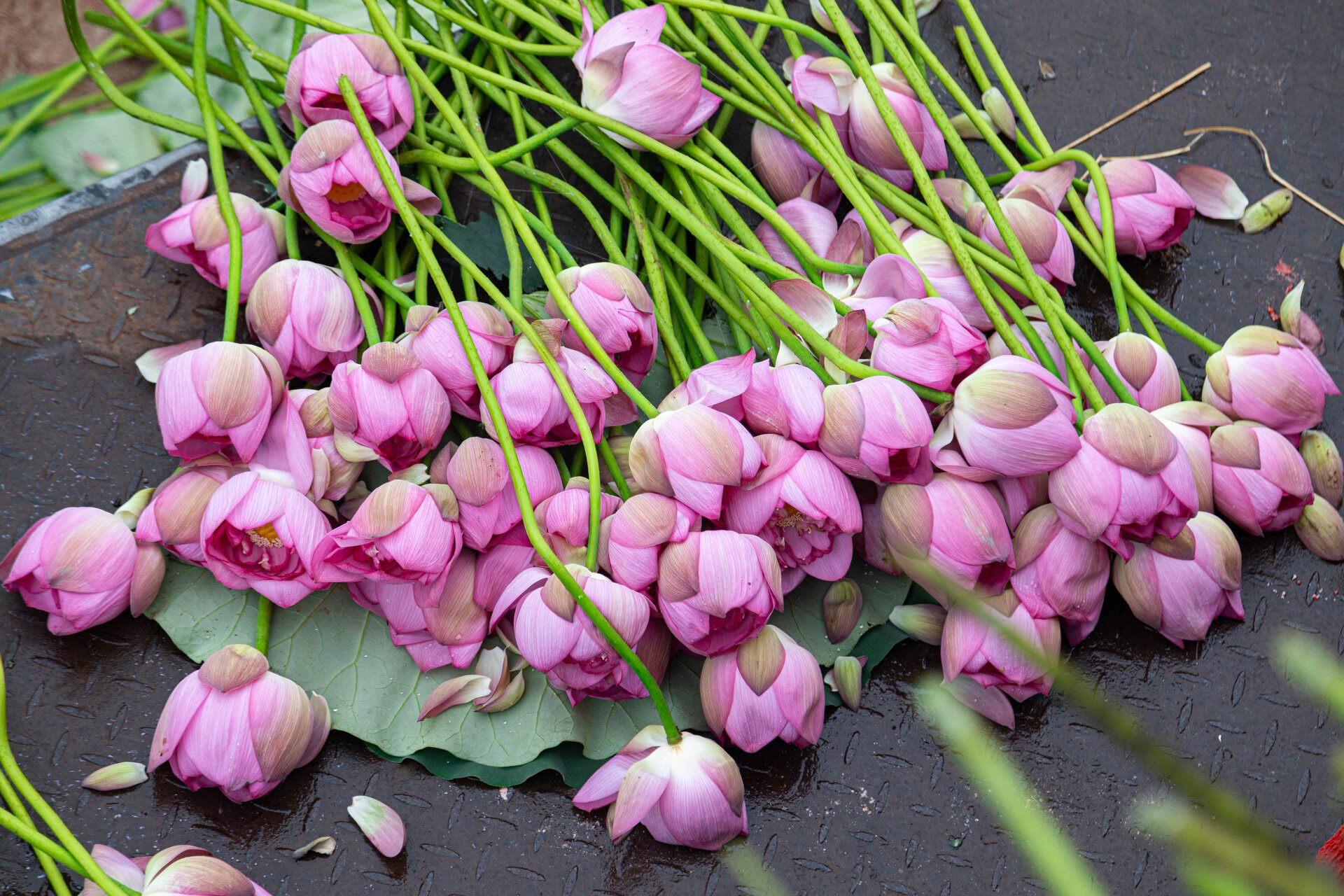
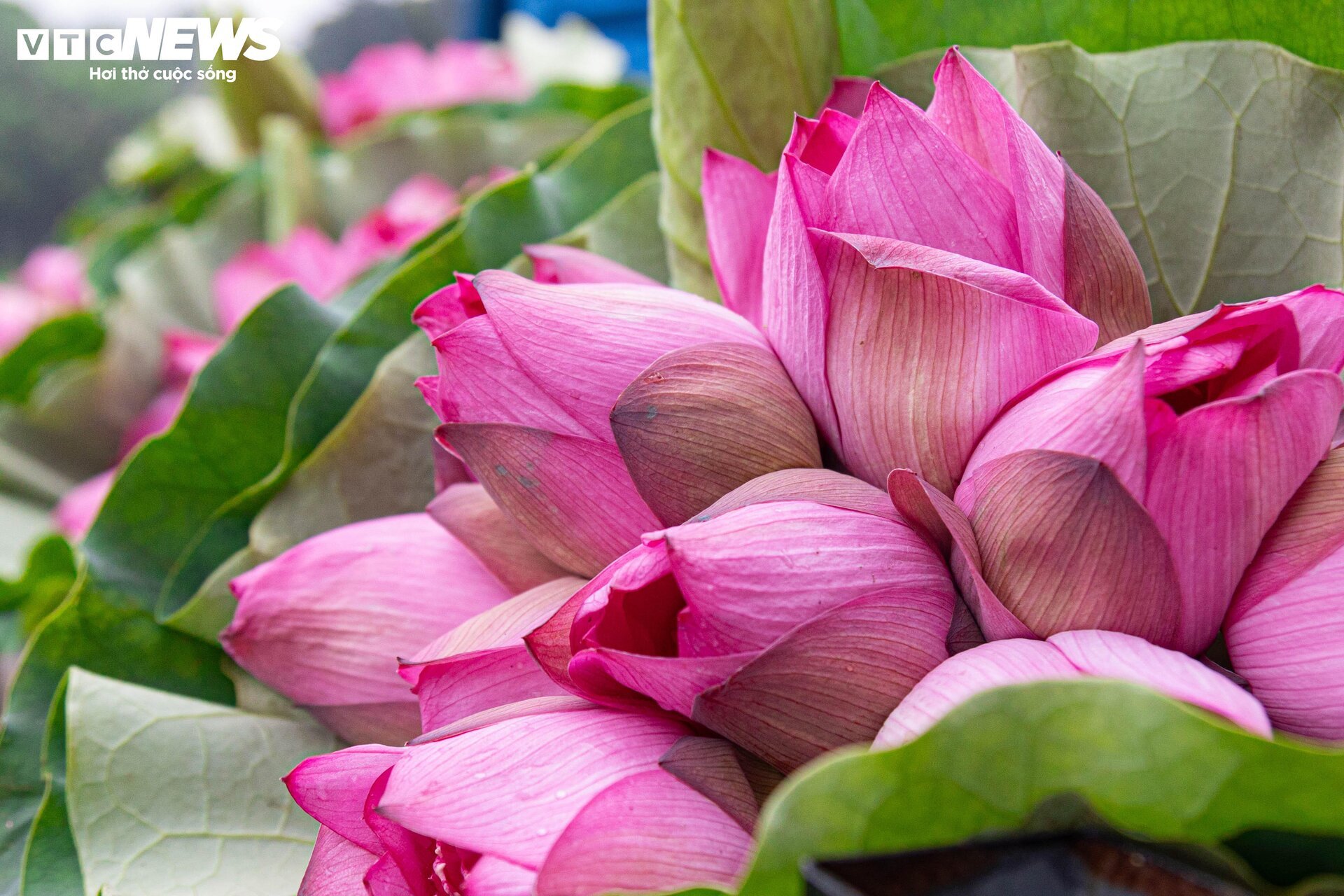
While the “Bach Diep” lotus is now successfully cultivated in other places, for Hanoians, buying and enjoying the lotus from West Lake holds a special sentiment that cannot be replicated elsewhere.
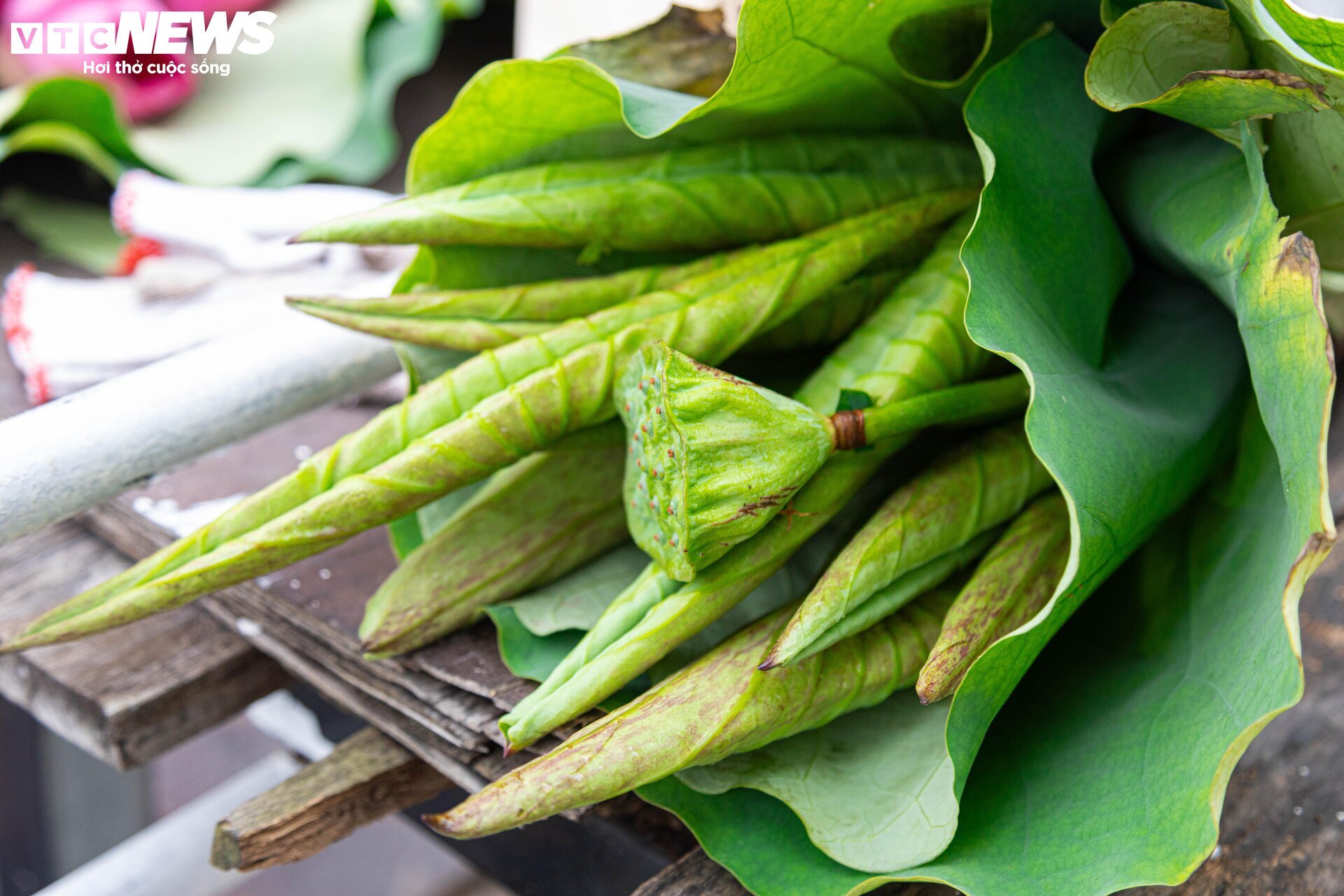
In addition, young lotus leaves are also in high demand for flower arrangements and lotus-themed weddings.
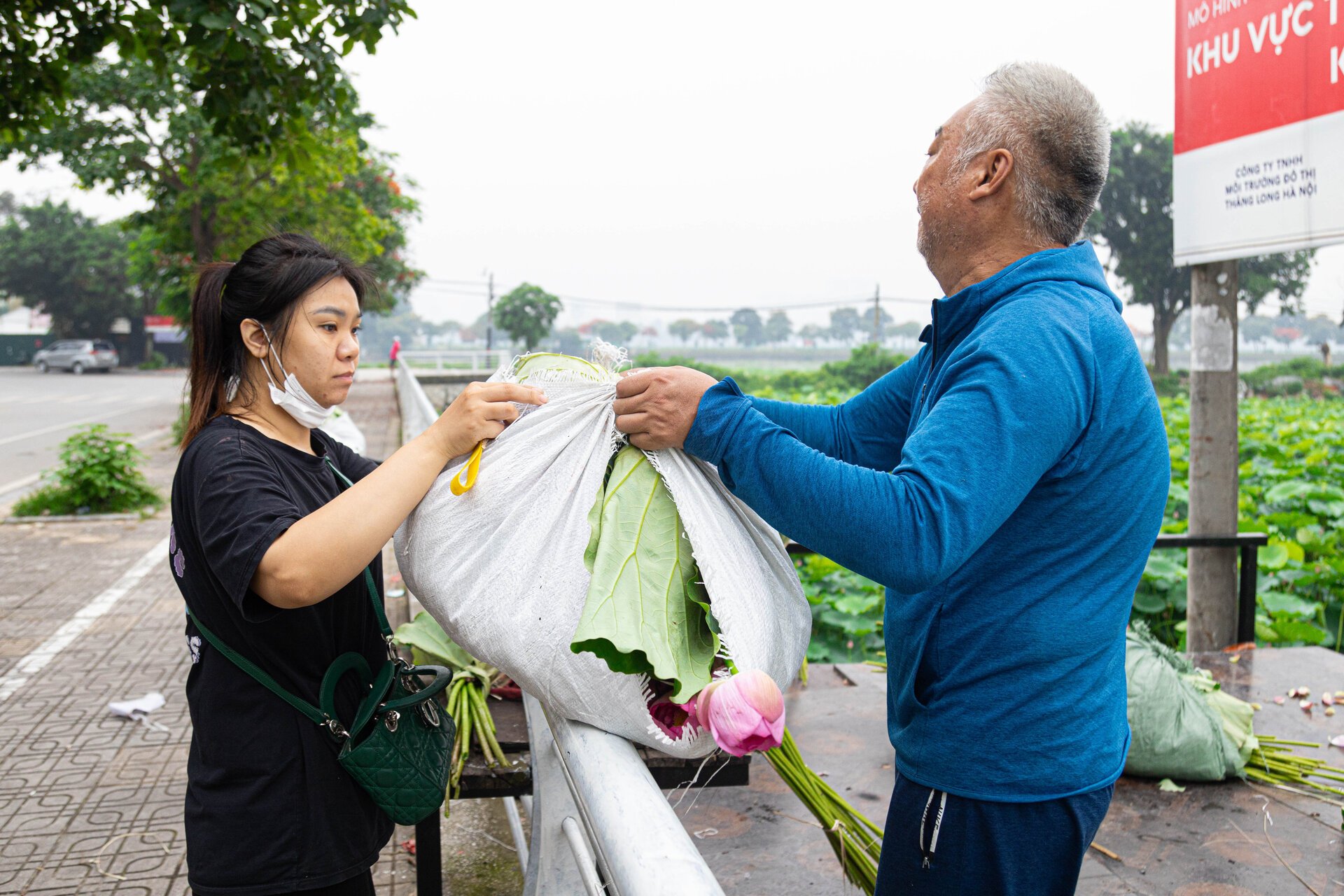
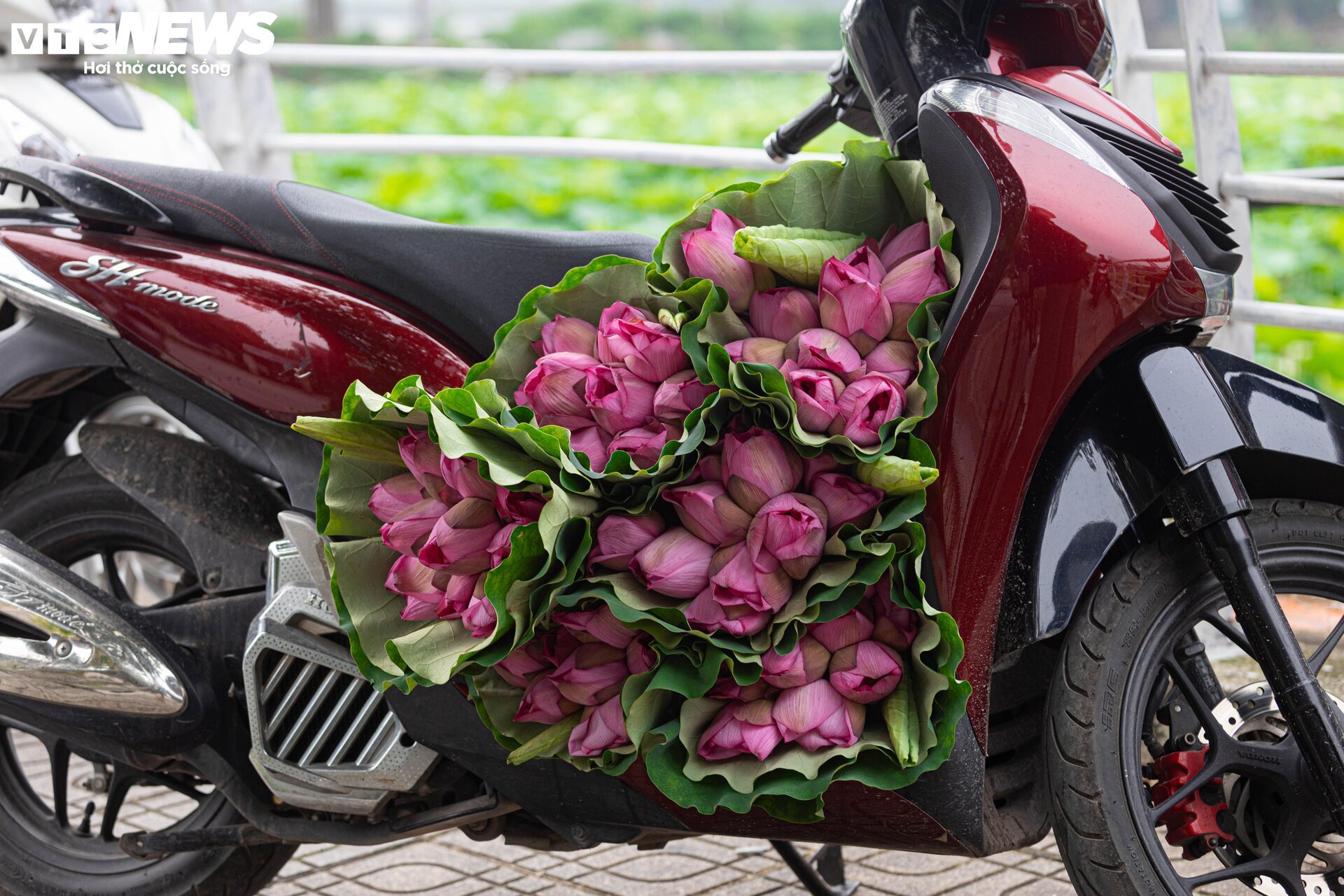
After sorting, the lotuses are bundled into groups of 10 for decorative purposes, while those with more white rice are packed in large sacks and transported to tea-making facilities.



